Introduction to the Topi
The Topi is a fascinating and unique antelope native to the grasslands and savannahs of sub-Saharan Africa. Known for its striking appearance and remarkable speed, the Topi has adapted wonderfully to its environment, making it a true marvel of the animal kingdom.

Appearance and Characteristics
The Topi is easily recognisable by its distinct physical features. Standing at around 1 metre tall at the shoulder, with a sleek and slender body, this antelope is built for speed and agility. The most striking aspect of the Topi is its coat, which ranges in colour from reddish-brown to purplish-black, with dark patches on the face and legs. This colouration helps the Topi blend into the grasslands, making it less visible to predators.
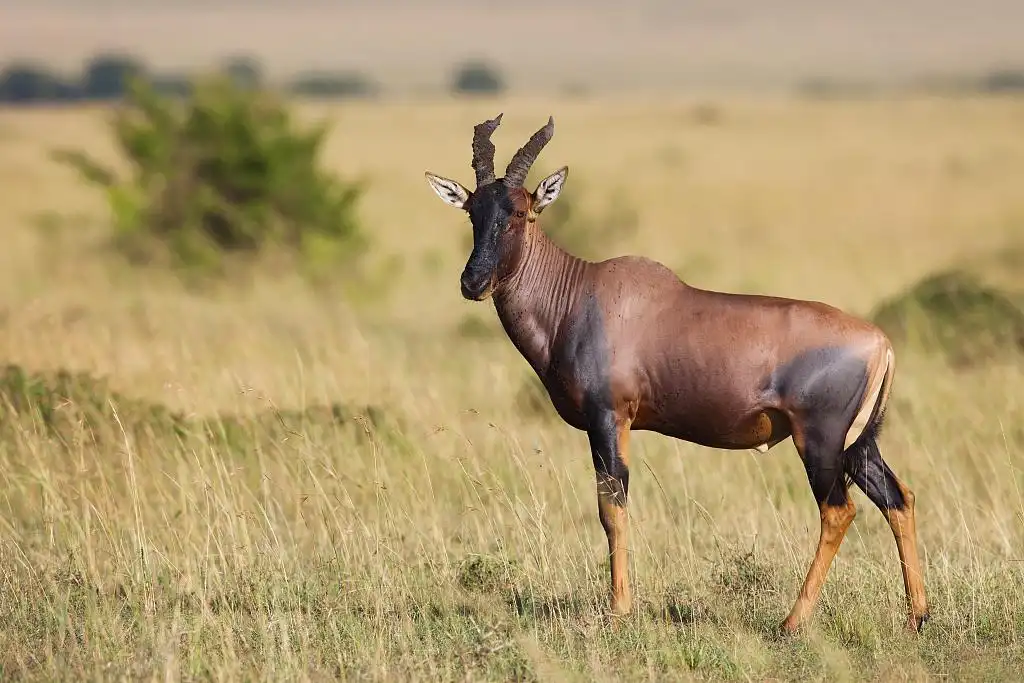
Another distinctive feature of the Topi is its lyre-shaped horns. Both males and females possess these horns, which can grow up to 70 centimetres in length. The horns are slightly ridged and curve backwards, giving the Topi a majestic appearance.
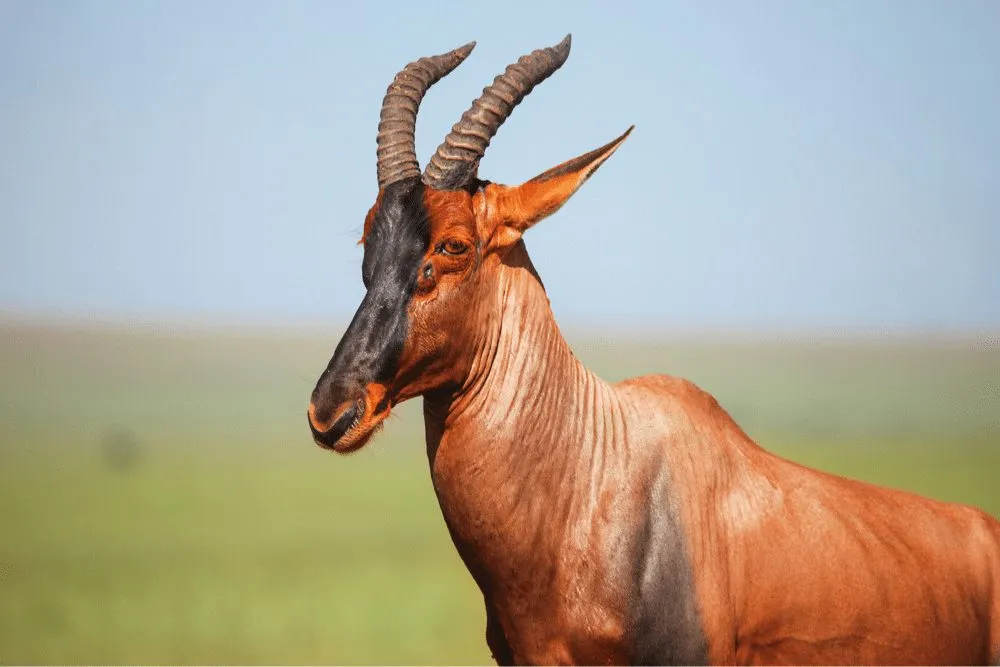
Habitat and Distribution
Topis are predominantly found in the grasslands and savannahs of East Africa, although their range extends to some parts of Central and Southern Africa as well. Countries like Kenya, Tanzania, Uganda, and Sudan have significant populations of Topis.
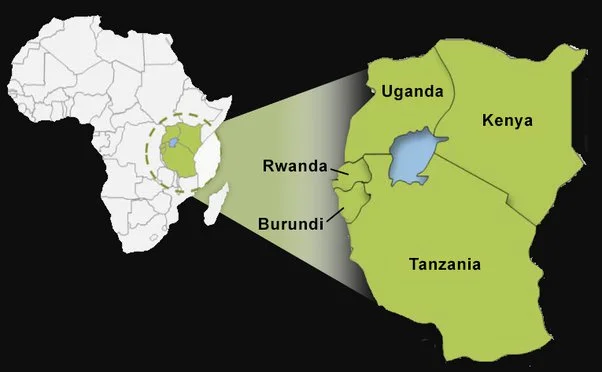
These antelopes thrive in environments where there is an abundance of short grass, which forms the primary component of their diet. They are particularly fond of areas near water sources, as they need to drink regularly, especially during the dry season.
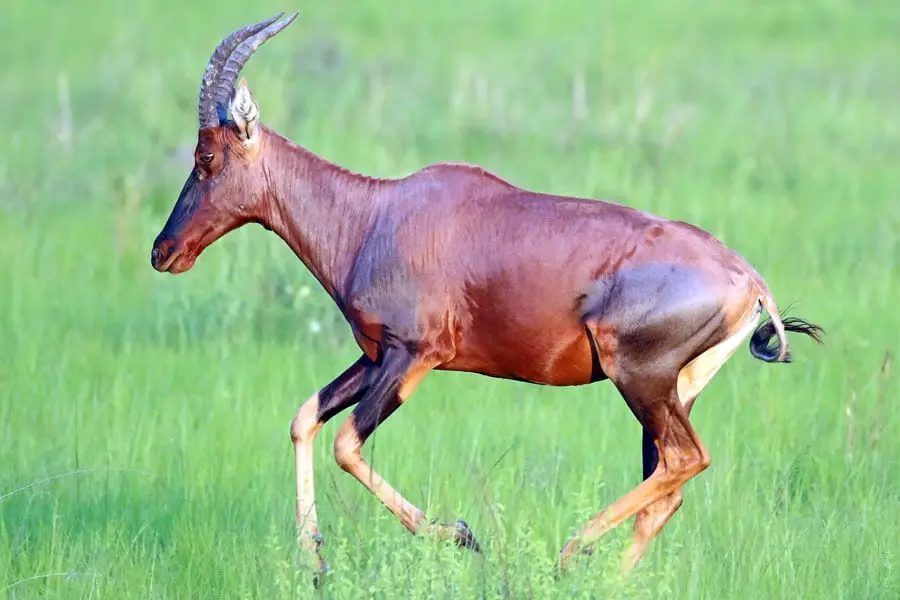
Behaviour and Social Structure
Topis are known for their highly social nature. They typically live in herds, which can range in size from a few individuals to several hundred. During the breeding season, these herds can become even larger, as males establish territories and gather groups of females, known as harems.

The social structure of a Topi herd is quite organised. Dominant males, also known as territorial bulls, are responsible for defending their territories from rivals. These territories are often prime grazing areas, and the dominant males allow females and young Topis to feed within them. In return, the males have exclusive mating rights with the females in their territory.

Interestingly, Topis communicate with each other using a range of vocalisations and body language. They are known to be quite vocal, especially during the breeding season, using grunts, snorts, and other sounds to assert dominance, signal danger, or attract mates.
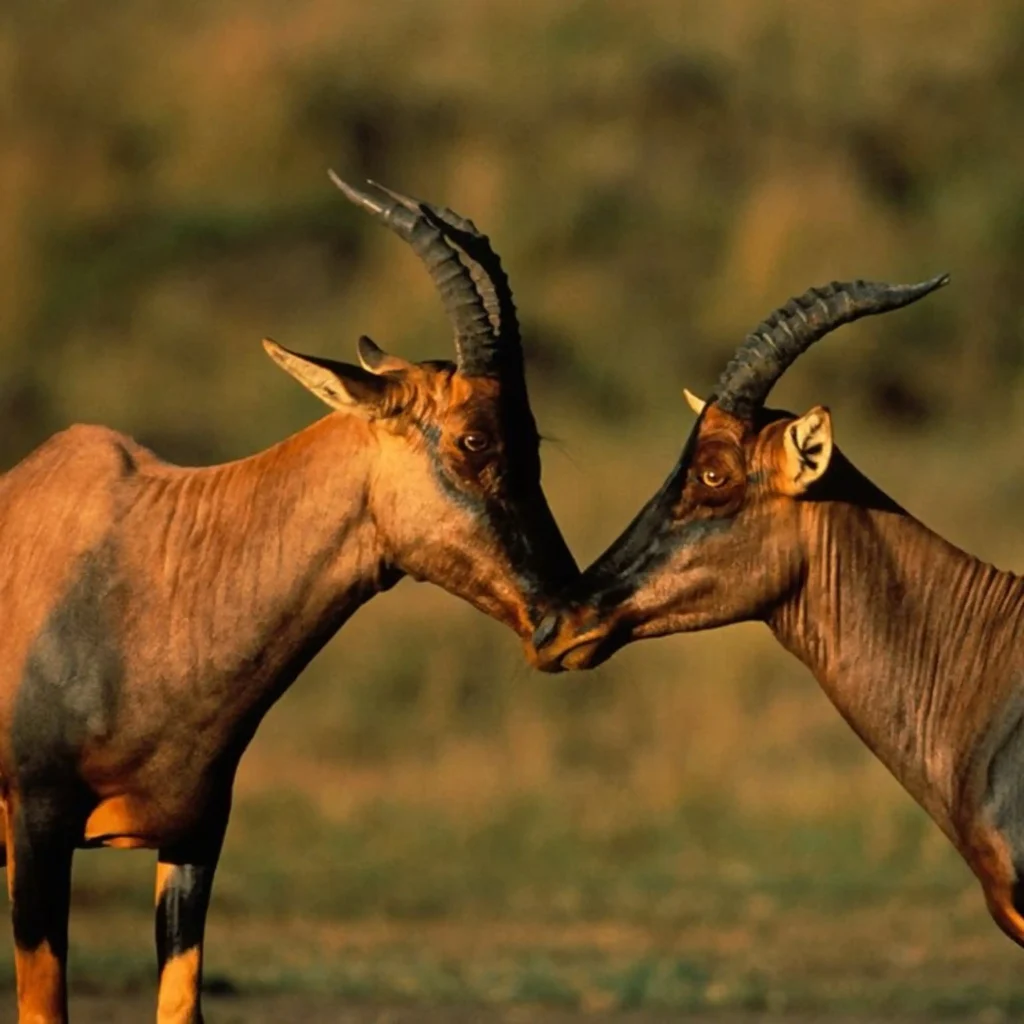
The Migration of Topis
One of the most remarkable aspects of Topis is their migratory behaviour. Like many other animals in the African savannah, Topis engage in seasonal migrations in search of food and water. These migrations are a survival strategy, enabling them to cope with the changing availability of resources throughout the year.

Why Do Topis Migrate?
The primary reason for Topi migration is the availability of food and water. In the African savannah, the dry season can be harsh, with limited access to fresh grass and water. To survive, Topis move to areas where resources are more plentiful.

In places like the Serengeti in Tanzania and the Masai Mara in Kenya, Topis are part of the great migration, a phenomenal event where millions of animals, including wildebeest and zebras, move across the landscape in search of greener pastures. This migration is not only essential for the survival of these species but also plays a crucial role in the ecosystem by preventing overgrazing in any one area.

The Journey of Migration
The journey of migration is long and arduous. Topis, along with other migrating animals, cover hundreds of kilometres as they follow the rains and the growth of fresh grass. During this time, they face numerous challenges, including crossing rivers filled with predators like crocodiles, avoiding large predators like lions and hyenas, and enduring extreme weather conditions.
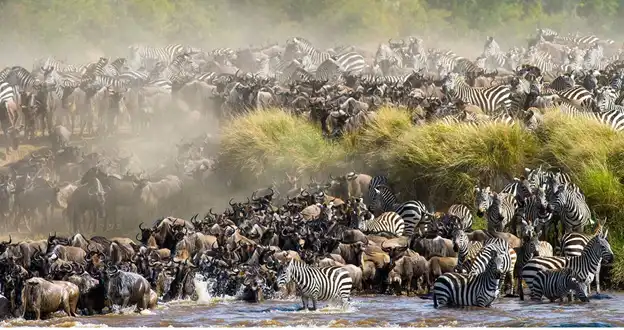
Despite these challenges, the Topis’ migration is a testament to their resilience and adaptability. The survival of the species depends on this journey, and it is an extraordinary sight to witness.
Conservation Status and Threats
While Topis are not currently classified as endangered, they do face several threats that could impact their populations in the future. Habitat loss due to human activities, such as agriculture and urbanisation, is a significant concern. As humans encroach on the grasslands and savannahs, the natural habitat of the Topi is shrinking, leading to reduced access to food and water.

Additionally, hunting and poaching pose threats to Topi populations. Although they are not the primary targets of poachers, they are sometimes hunted for their meat or for sport. Conservation efforts are essential to ensure that Topis continue to thrive in the wild.
The Role of Topis in the Ecosystem
Topis play a vital role in the ecosystem of the African savannah. As herbivores, they help maintain the balance of the grasslands by grazing on vegetation. This grazing activity prevents overgrowth and promotes the health of the grasslands, which in turn supports a wide range of other species, from insects to large predators.
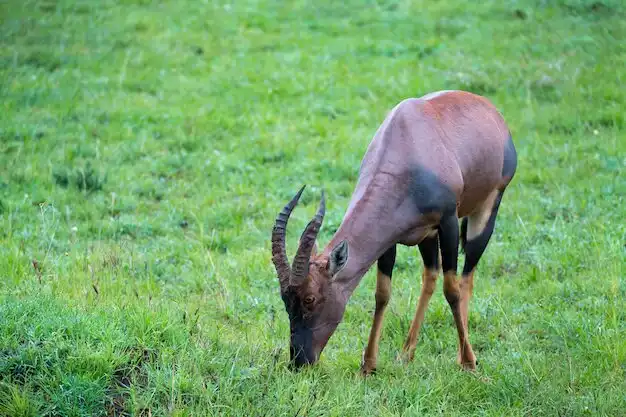
Furthermore, Topis are a crucial part of the food chain. They are preyed upon by several large carnivores, including lions, leopards, and hyenas. The presence of Topis in an area can indicate a healthy ecosystem, as their survival depends on the availability of food, water, and protection from predators.
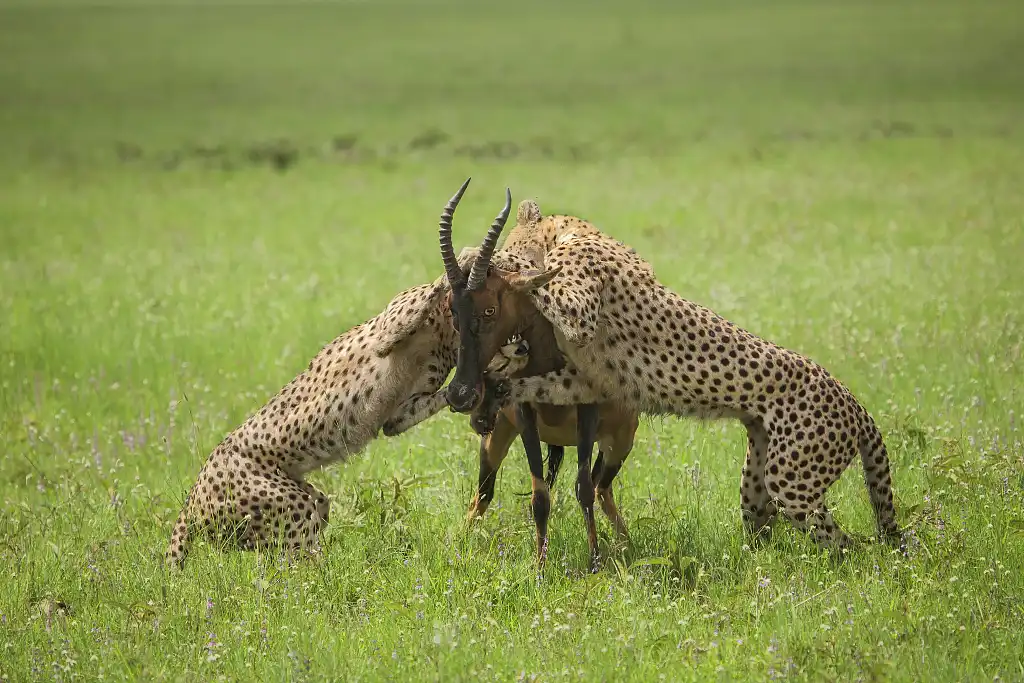
Interesting Facts About Topis
- Speed Demons: Topis are incredibly fast runners, capable of reaching speeds of up to 70 kilometres per hour. This speed is crucial for escaping predators in the open savannah.
- Long Legs, Long Distance: The Topi’s long legs are not just for speed; they also help them cover long distances during migration.
- Alert and Aware: Topis have excellent eyesight and are always on the lookout for predators. Their vigilance is a key factor in their survival.
- Unique Communication: Topis use a combination of vocal sounds and body language to communicate with each other. Their “grunt” is one of the most common sounds heard in the savannah during the breeding season.
- Diverse Diet: While grass is their primary food source, Topis are known to eat a variety of vegetation, depending on what is available in their environment.
Conclusion
The Topi is an extraordinary antelope, perfectly adapted to the challenges of life in the African savannah. Its striking appearance, social behaviour, and migratory habits make it a truly remarkable species. While they face challenges from habitat loss and other threats, conservation efforts can help ensure that these beautiful animals continue to thrive in the wild.
For more interesting articles, please visit www.kidzherald.com




